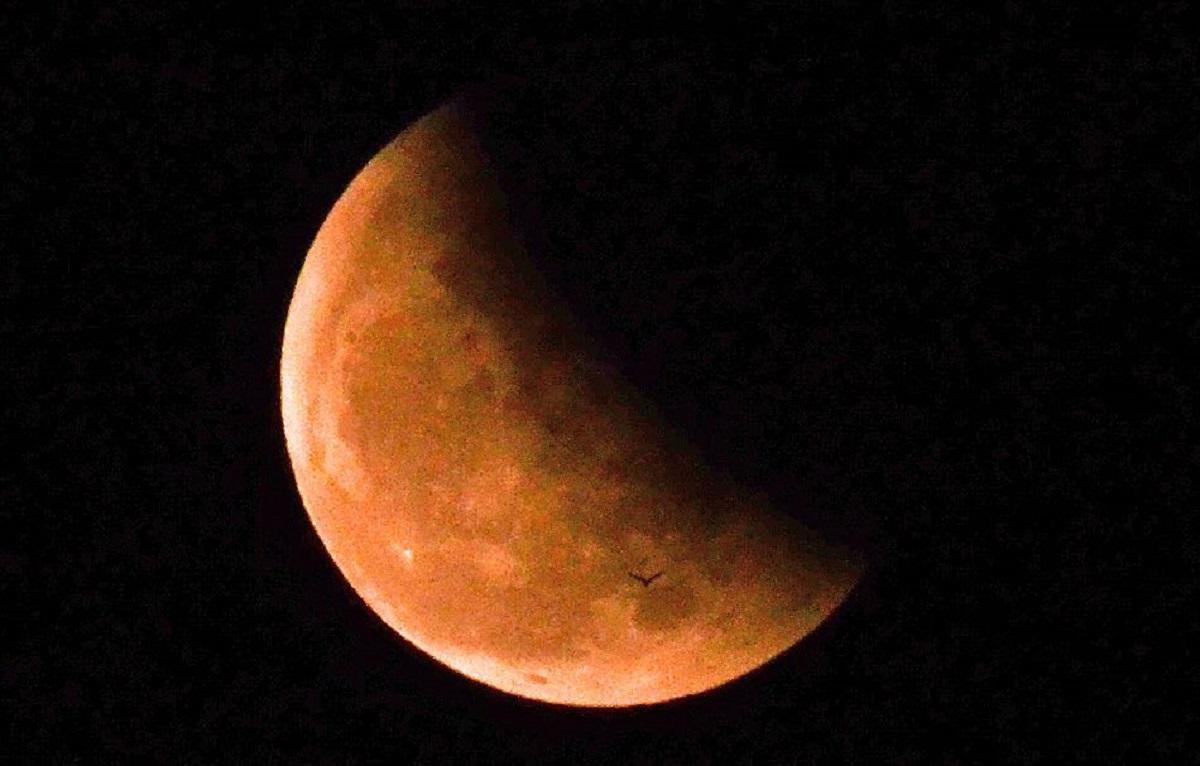Everything you need to know about the total lunar eclipse that's happening tonight

Set your alarms and get ready to head outside, because the much-awaited total lunar eclipse is happening today, November 8.
In a press briefing by the DOST-PAGASA, Mario M. Raymundo, the senior weather specialist of the Astronomical Publication and Planetarium Unit, discussed some key points of 2022’s second total lunar eclipse.
Here is everything you need to know about tonight’s total lunar eclipse:
1. It starts at 6:16 p.m. and will last for more than an hour.
The moon will start to rise at 5:19 p.m. in the eastern portion of the sky in Metro Manila, but the time of moonrise will vary in different provinces. The sun will set by 5:26 p.m.
From 6:16 p.m. until 7:42 p.m., the total lunar eclipse — or blood moon wherein the moon will turn red — will take place throughout the country.
At 6:59 p.m., there will be a deep umbral shadow, meaning that the Earth will block light reaching the moon.
It is among the last major astronomical events in the Philippines, and will last for one hour, 25 minutes, and 42 seconds.
“Definitely po kapag weather-permitting, talaga pong ito ay mamumula,” Raymundo said.
The moon’s penumbral phases will be from 8:49 p.m. to 9:58 p.m.
2. There’s a chance that the planet Uranus will be seen in northern provinces.
It is very rare for the lunar occultation of the planet Uranus to happen at the same time as an eclipse. This means that with the blood moon at its peak, it will move in front of Uranus and the planet will be visible by 7:15 p. m. and will reappear by 7:25 p. m.
Those in Tuguegarao, Cagayan; Bagabag, Nueva Vizcaya; Baguio, Benguet; Cauayan, Isabela; Lingayen, Pangasinan; San Fernando, La Union; and Vigan, Ilocos Sur may be able to observe the occultation.
In Tuguegarao, two PAGASA employees are stationed to observe the eclipse, and also for the lunar occultation of the planet Uranus.Raymundo hopes that the sky will be clear later to be able to observe this.
“Sa mga kababayan natin sa may bandang northern portion of the Philippines, kung sakaling mag-clear ang sky, dalawa po ang inyong ma-o-obserbahan — total lunar eclipse at the same time, the occultation of planet Uranus,” he said.
And no, there is no scientific evidence that a total lunar eclipse will affect people’s attitudes.
“With regards to the behavior of the person, or sa environment, or sa life of the person on Earth, walang scientific study na nakapagpapatunay na meron tong kinalaman,” Raymundo said.
However, with this rare phenomenon, the eclipse remains relevant as it helps PAGASA and scientists to study the moon, its atmosphere, and its motions.
Raymundo said an added plus would be for scenic photography, and Filipinos can use the eclipse as a background for photos.
3. It’s a very safe eclipse to observe.
Unlike solar eclipses where we may need to use filters or eye protection, it is very safe to observe a total lunar eclipse as it does not affect eyesight.
4. The next total lunar eclipse will be in 2025.
Make the most of the night, because the next total lunar eclipse will not be until September 7 to 8, 2025, and March 3, 2026.
The last time a total lunar eclipse happened was on May 26, 2021. —JCB, GMA Integrated News




